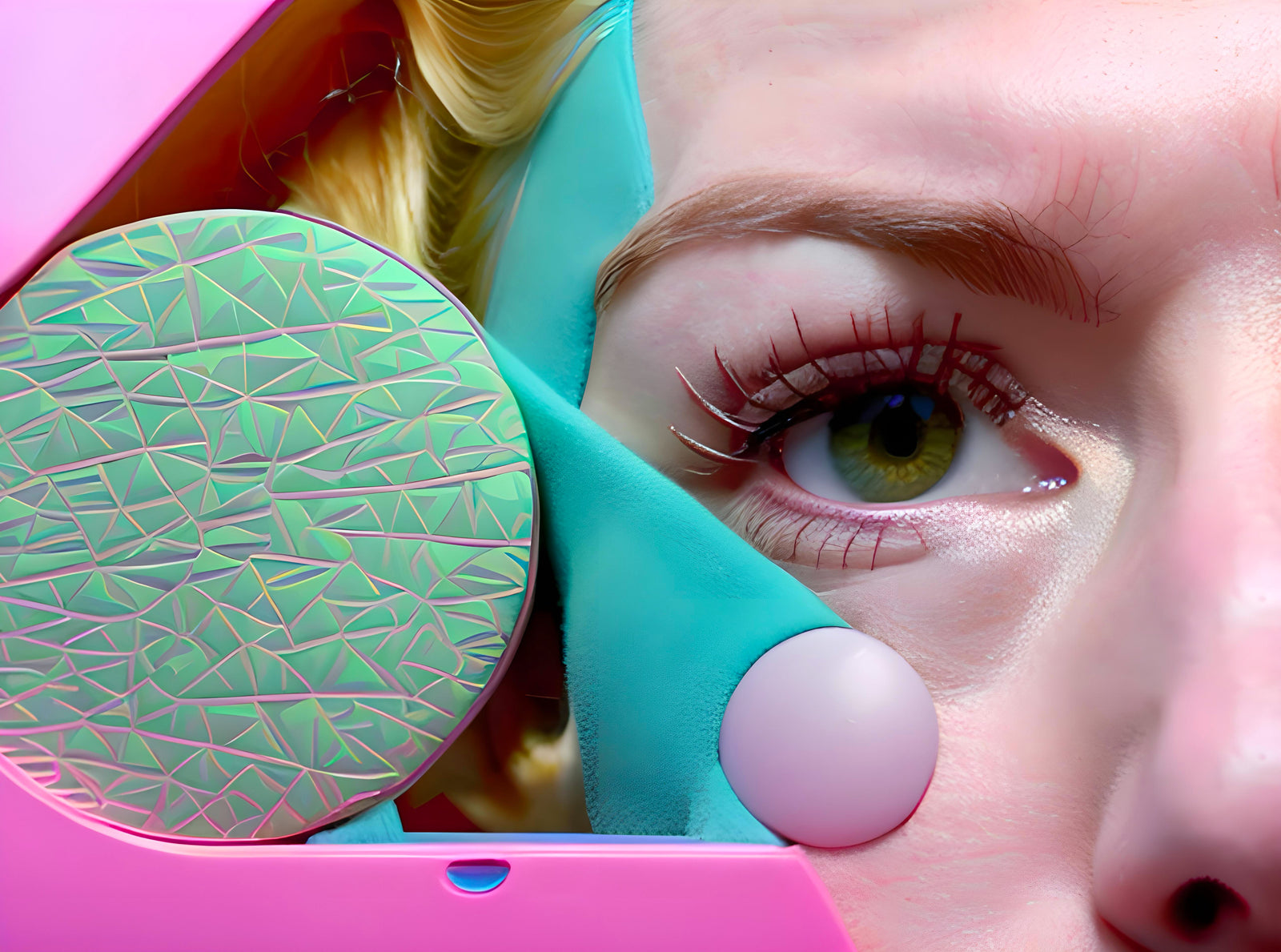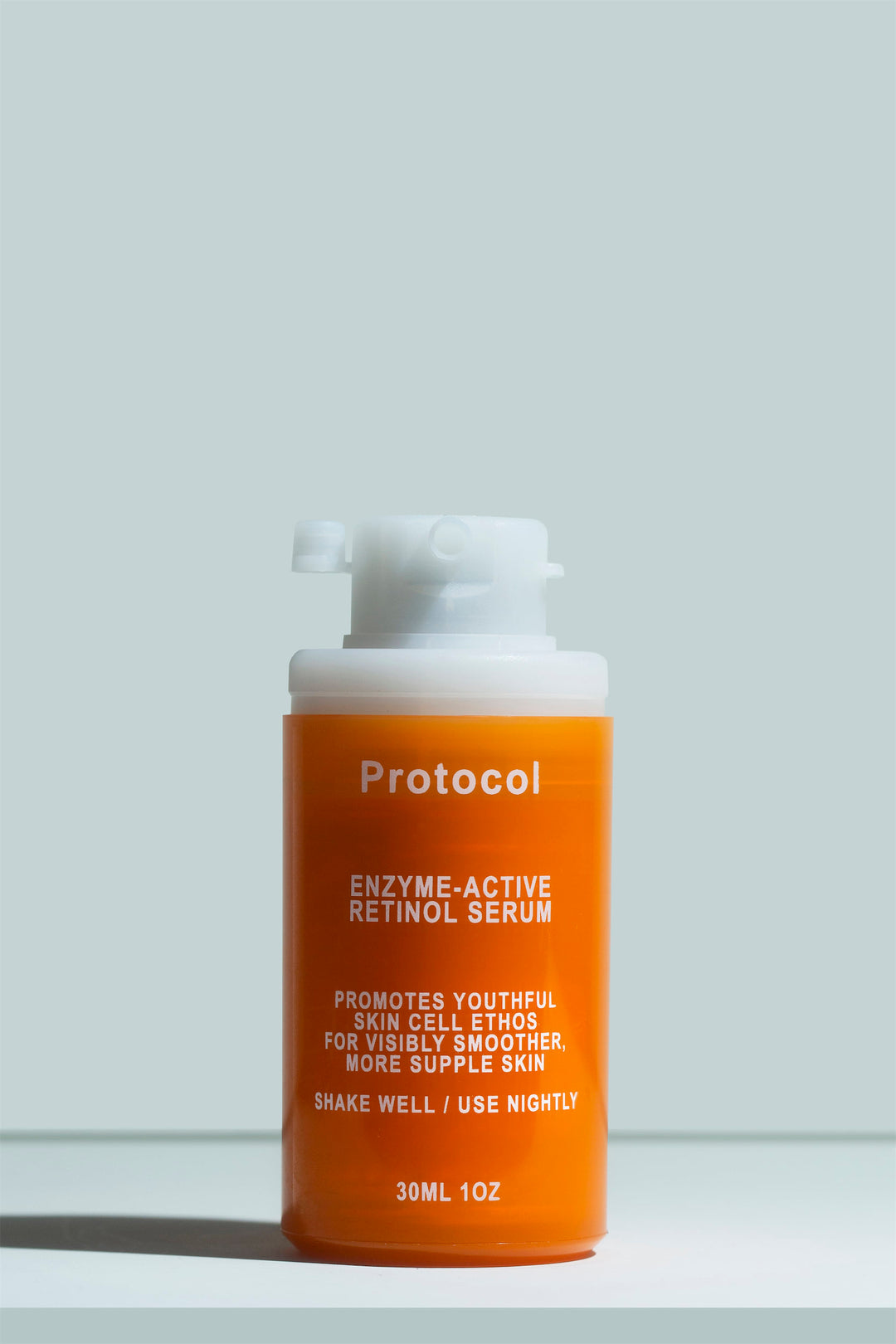Glycolic Acid vs Salicylic Acid

Today, we’re dedicating our blog to the two comparing the main chemical exfoliants in the skincare world: Glycolic acid vs salicylic acid.
If you want to remove dead skin cells in the short term, you’ll want to add one of them to your skincare routine. Either one can contribute to clearer skin and better overall skin health!
But this still begs the question, which should you use? In this glycolic acid vs salicylic acid showdown, we’ll compare the two superstar ingredients, and help you figure out which one belongs in your skincare routine.
Glycolic acid lowdown
Glycolic acid is an alpha-hydroxy acid (AHA), which is a category of water-soluble acids with hydrating and exfoliating properties. In skincare, they’re useful for everything from refining skin texture and fading fine lines to improving the look of breakouts and pigmentation.
Glycolic acid and other AHAs work by breaking down desmosomes, which are the intracellular structures that stick cells together. When they’re applied to the skin, they penetrate through the stratum corneum and force dead skin cells to shed by damaging their adhesion.
There are a bunch of AHAs in skincare beyond glycolic acid, like lactic acid and mandelic acid. Glycolic acid has the smallest size of the bunch, making it a more thorough and deep-penetrating exfoliant with faster results.
Salicylic acid lowdown
Salicylic acid is incredibly common in skincare, thanks to its exfoliating and soothing effects on the skin. It’s approved by the FDA as an over-the-counter treatment for acne, since it’s not just keratolytic (i.e., exfoliating) but also comedolytic (i.e., it reduces clogged pores).
What makes salicylic acid unique compared to other chemical exfoliants is its ability to mix in and blend with oils, including the lipid components of the skin. It penetrates more easily through the pores, which are often filled with lipids as part of sebaceous filaments.
In skincare, salicylic acid is often referred to as a beta-hydroxy acid or BHA, although from a chemical perspective this is a bit of a misnomer.
Glycolic acid vs salicylic acid
Both glycolic and salicylic acid work primarily by penetrating through the stratum corneum and breaking down dead skin cells' cohesion, for a thorough and even exfoliation of the surface of the skin. If you’re trying to decide between them, we think these are the key factors you should consider:
Benefits of glycolic vs salicylic acid
First of all, glycolic and salicylic acid have a few benefits in common:
- Both exfoliate dead skin cells gently
- Both help improve skin texture
- Both contribute to clearer, more even skin tone
- Both have purifying properties that help prevent breakouts from forming
But there are also some differences that make both valuable in specific skincare routines!
Between the two, glycolic acid has the benefits of an anti-aging powerhouse. Research from as far back as the 90s and as recently as the last few years shows evidence that it can increase collagen production and reduce signs of photoaging such as wrinkles and hyperpigmentation. Over time, it helps thicken the epidermis for smoother, more youthful-looking skin.
Finally, because of its hydrating properties, glycolic acid also helps plump up the skin with a bit of moisture, making it seem more youthful in the short term.
On the other hand, salicylic acid is more effective at breaking down oils and unclogging pores, making it an ideal option for those with oily or acne-prone skin. It’s been found to reduce sebum excretion and it’s very effective at unclogging pores.
In the US, it’s classified as an over-the-counter drug for treating acne, as studies show it can actually reduce lesion counts. Interestingly, it also has some soothing effects, which can help with redness associated with breakouts.
Safety and side effects
Glycolic acid and salicylic acid are both fairly well tolerated, but it’s still important to be aware of their potential side effects and risks. With both salicylic and glycolic acid, overuse can lead to skin irritation, stinging, and dryness.
With glycolic acid, there is also an increase in the skin’s photosensitivity. This is why, when using glycolic acid, it’s extremely important to avoid excessive sun exposure and to use sunscreen on a daily basis.
If you’re the kind of person who often forgets to use sun protection, you may want to avoid glycolic acid or possibly even both exfoliants.
Additionally, it’s very important to use both ingredients within a range that’s safe for home use. We think it’s also best to avoid the strong acid peels (20%+) available from some budget brands, since they can end up damaging the skin barrier significantly.
In the case of salicylic acid, 2% is ideal in both leave-on or wash-off formulas. Glycolic acid can be used safely on a daily basis at percentages around 7% or below, especially in wash-off formulas that don’t stay on the skin for too long.
Who is it best for?
Technically, both glycolic acid and salicylic acid are great for most skincare users. While there are some major differences in their benefits, they both still primarily function in the same way. Both will give you a clearer, more youthful, and glowing complexion by sheer virtue of exfoliation.
But if we had to give some specific recommendations, we’d say glycolic acid is best for normal, dry, and combination skin. It’s also great for those who want to prevent or reverse signs of aging, including visible wrinkles and pigmentation. At lower percentages and slow introduction, it can pair well into a routine with other active ingredients. Yes, you can even use glycolic acid with retinol as long as you go about it carefully.
Salicylic acid, as you’ve probably guessed by now, is best for those with oily or acne-prone skin. In the amounts available over-the-counter, it’s often recommended for mild acne and closed comedones. While gentle, it can be a little drying to some.
So which to choose: glycolic vs salicylic acid
Deciding between salicylic acid vs glycolic acid isn’t always easy, but we hope we helped simplify! The reality is that skin concerns don’t always fit into neat categories - choosing an exfoliant might be obvious to some but not to others.
If you’re just starting out, a great way to add glycolic acid into your routine is with a gentle cleanser like our Double AHA Cleanser with green tea and aloe vera. It’s gentle and purifying, making it an anti-aging glycolic acid option that’s suitable for all skin types and pairs well with retinoids.
But either way, as long as you choose a percentage and delivery format that won’t irritate your skin, you can’t go too wrong. Either chemical exfoliant could help your skin thrive when you add it to a routine that’s right for your skin type.




